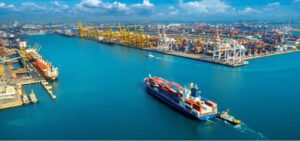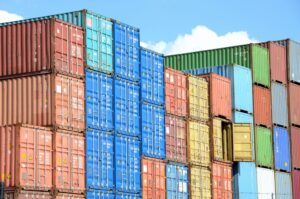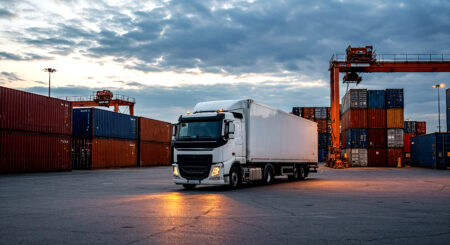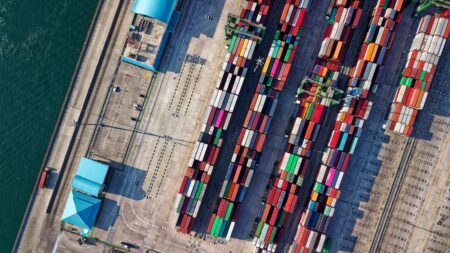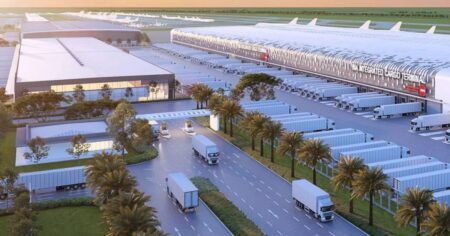Nikhil Agarwal, President, CJ Darcl Logistics, explores how Industry 4.0 technologies like IoT and AI are transforming multimodal logistics. He also highlights key challenges, such as integration and regulation, and strategies to enhance efficiency and sustainability.

Diversifying transportation modes and robust risk mitigation plans enhance resilience
In the era of Industry 4.0, multimodal logistics is experiencing a profound shift driven by cutting-edge technologies. Nikhil Agarwal sheds light on how these technologies are revolutionising the transportation industry, transforming multimodal logistics into a more interconnected and sustainable network.
Overcoming challenges
Multimodal logistics, while promising cost reduction and environmental benefits, poses significant hurdles. Coordination, tracking, regulatory compliance, and risk management are key challenges. To address these, businesses adopt digital logistics platforms with real-time IoT sensors. Technologies like GPS and RFID enhance shipment tracking. Blockchain streamlines documentation, while predictive analytics and AI-driven risk management identify issues. Diversifying transportation modes and robust risk mitigation plans enhance resilience. Strategic deployment of these solutions fosters efficient multimodal logistics operations.
Navigating future trends
The future of multimodal logistics is set for major transformation, driven by key trends. Technologies like IoT, blockchain, AI, and advanced analytics will enhance visibility, risk management, and routing efficiency, using real-time data to optimise decision-making. The industry will focus on eco-friendly solutions, such as alternative fuels and electric vehicles, to reduce environmental impact and drive innovation. Improved interconnectivity through digital platforms and smart mobility will enhance coordination between transport modes, boosting efficiency and responsiveness. Advanced supply chains will offer quick responses, proactive problem-solving, and greater transparency. Collaboration among logistics providers, carriers, and tech companies will foster innovation and optimise processes. Harmonized regulations will smooth cross-border operations. Together, these trends will advance sustainability, cost-effectiveness, and resilience in the logistics industry.
Seamless integration
To ensure seamless integration in multimodal logistics, prioritise intermodal infrastructure, technology, and regulatory compliance. Standardize processes and communication protocols to guarantee smooth operation between air, sea, road, and rail. Utilise centralised logistics platforms for real-time tracking and unified shipment views. Stay current with regulations to prevent disruptions and develop contingency plans for potential issues like weather or strikes. Foster strong partnerships and maintain open communication among stakeholders to align goals and address bottlenecks. Design a flexible network with diverse routes to mitigate disruptions. Continuously review performance and leverage technology to enhance decision-making and automation, creating a robust logistics strategy.
Debunking myths
Misconceptions about multimodal logistics include the belief that it’s overly complex, costly, limited in scope, or harmful to the environment. In reality, multimodal logistics can optimise resource use, reduce costs, and handle various cargo types, including hazardous and oversized shipments. It offers flexibility in route planning, which can lower overall transportation costs through better load balancing. Eco-friendly solutions often make it more sustainable than road transport. To overcome these misconceptions, educate stakeholders on its benefits, provide case studies, emphasize environmental advantages, and highlight technological innovations. This approach demonstrates its potential for efficiency, resilience, and sustainability in modern supply chains.

